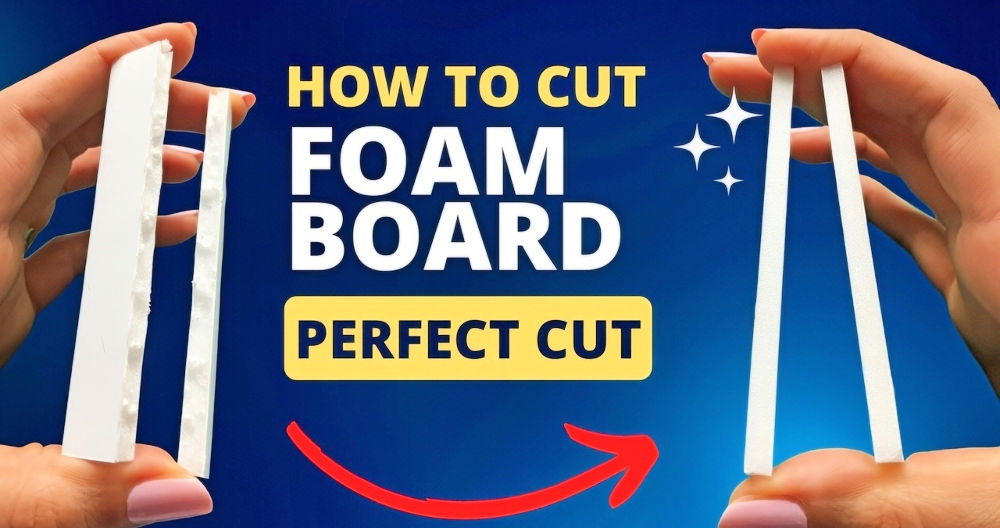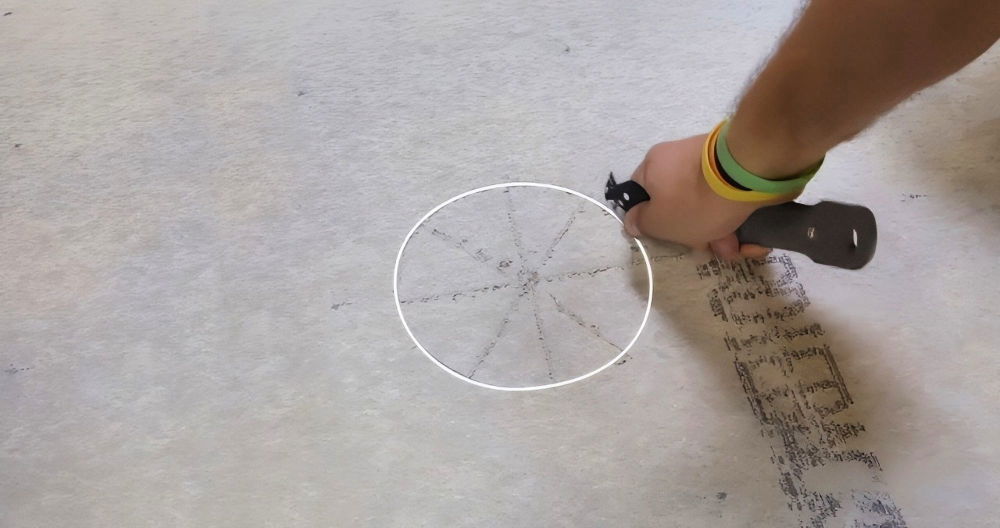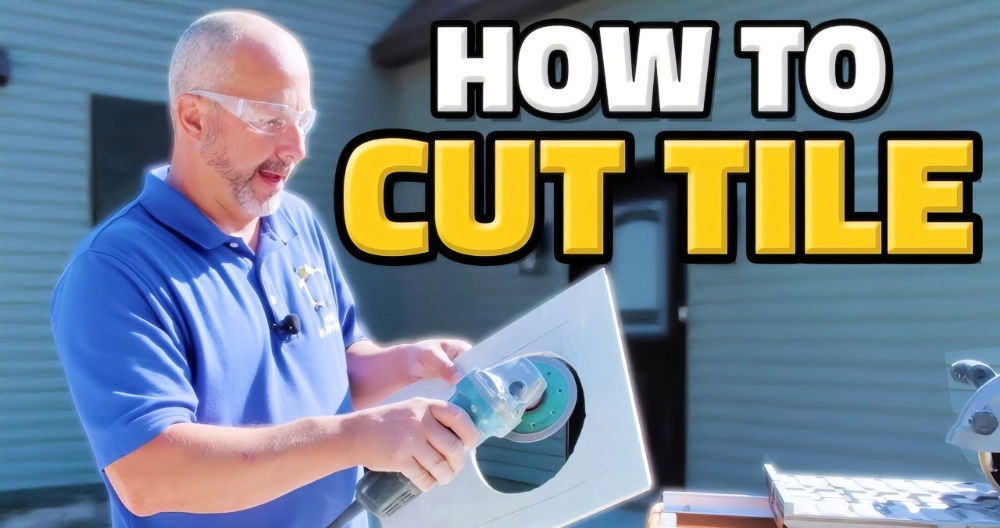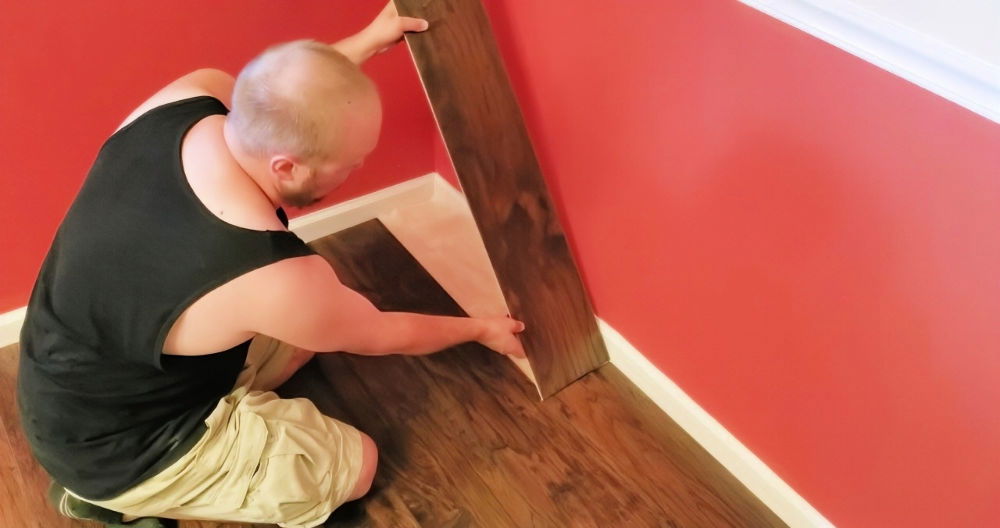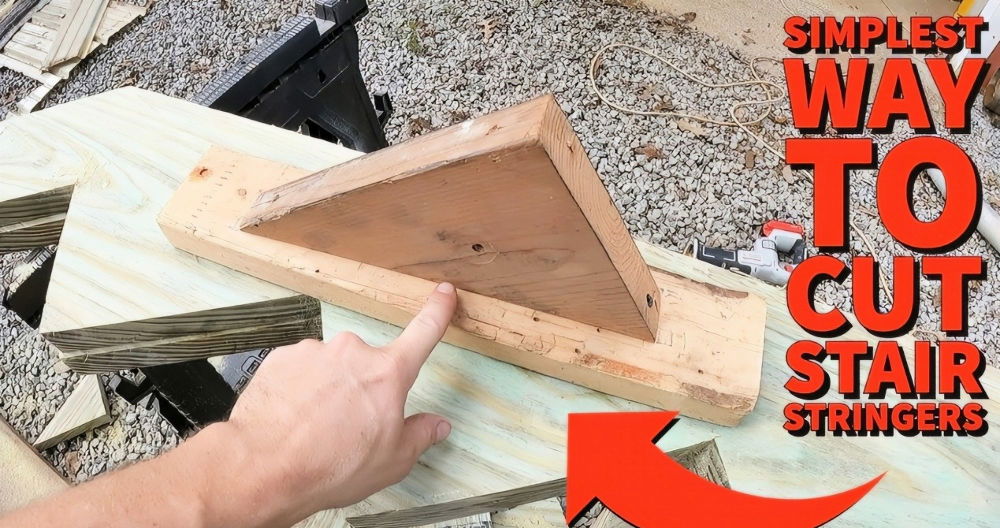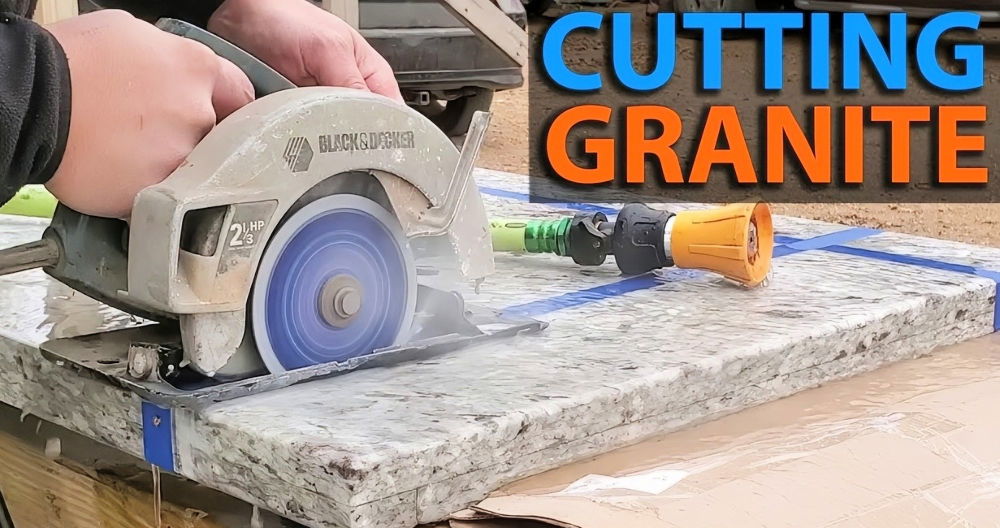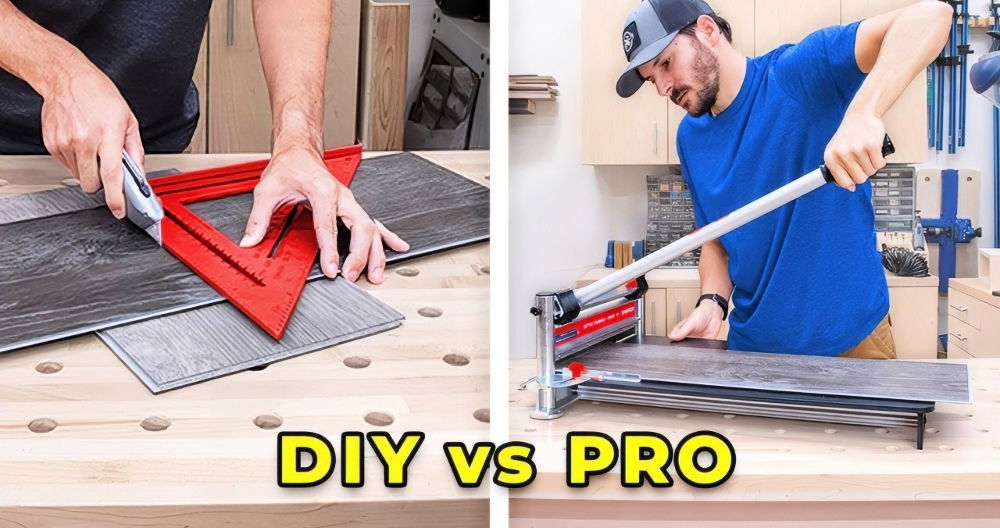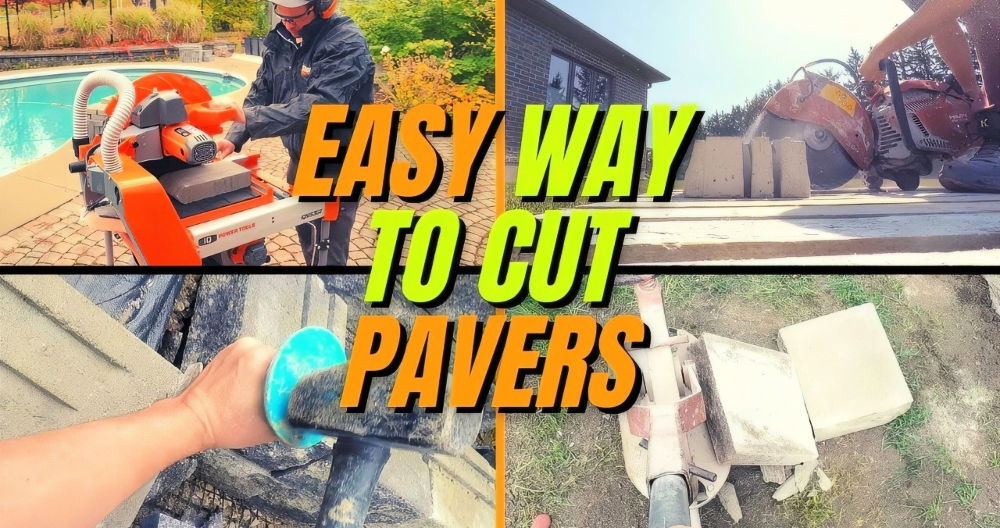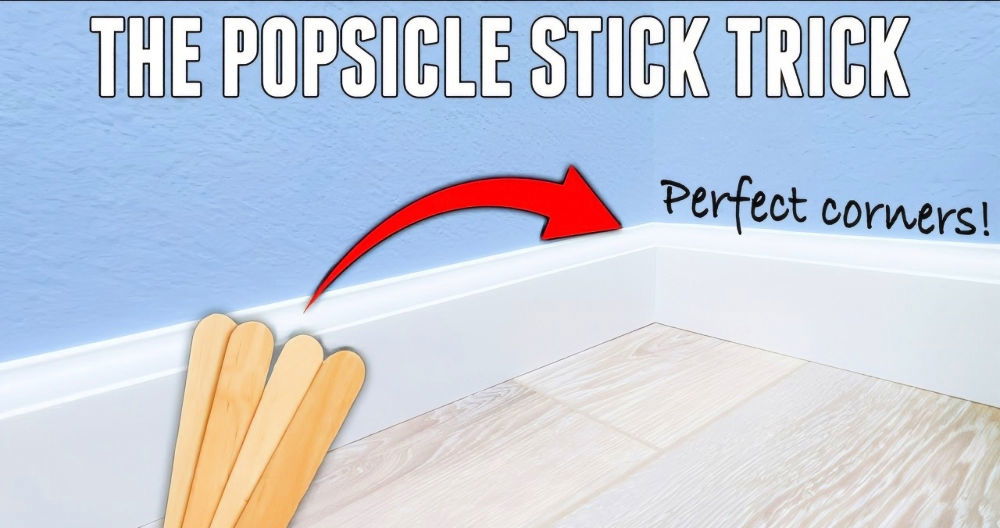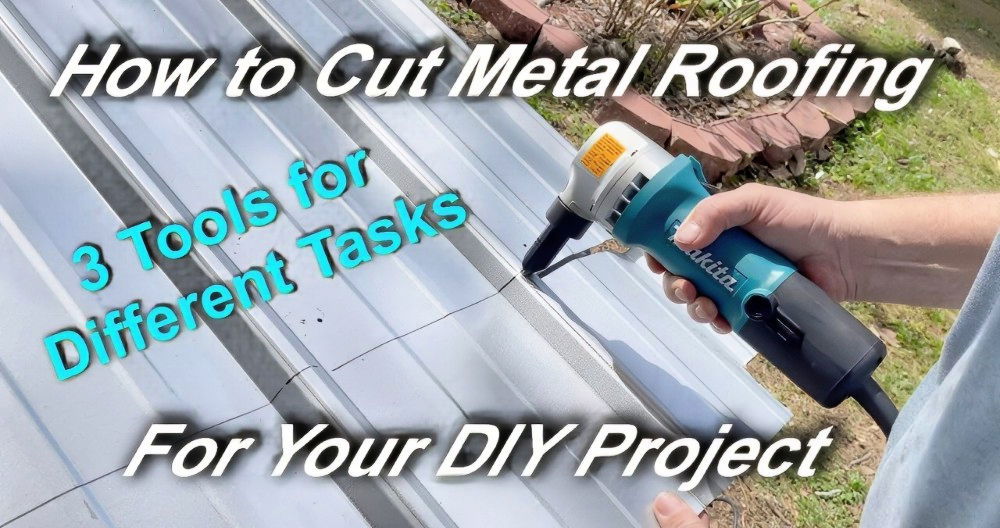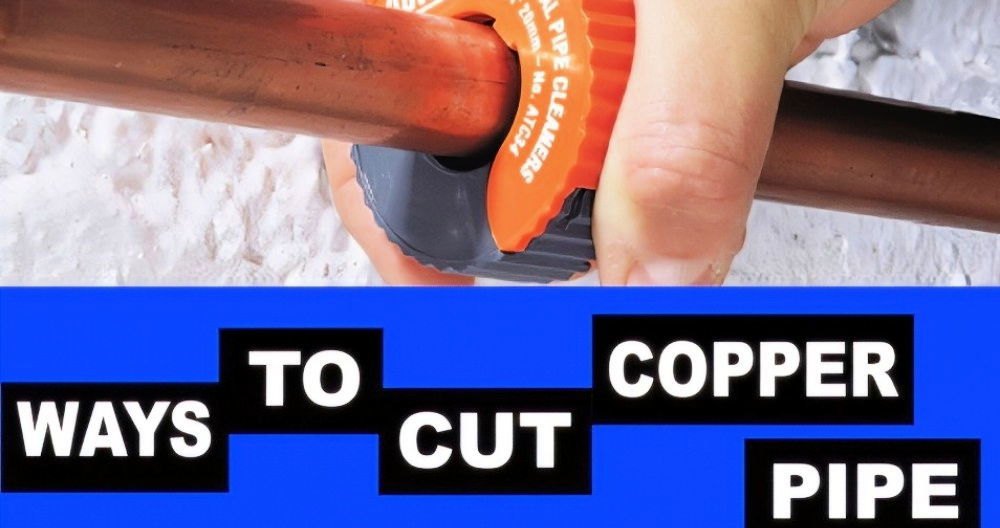Learn how to cut cement board safely and accurately with these essential tips, tools, and step-by-step instructions for smooth, professional results. A cement board, often used as a base for tiling or other materials, is a rugged material that can resist moisture, mold, and heat. However, cutting it properly requires some specific techniques and tools. This guide will take you through a range of techniques for cutting cement board, from budget-friendly manual methods to faster power tool options. Whether you're a DIY enthusiast or a professional, you'll find the right approach for your project here.
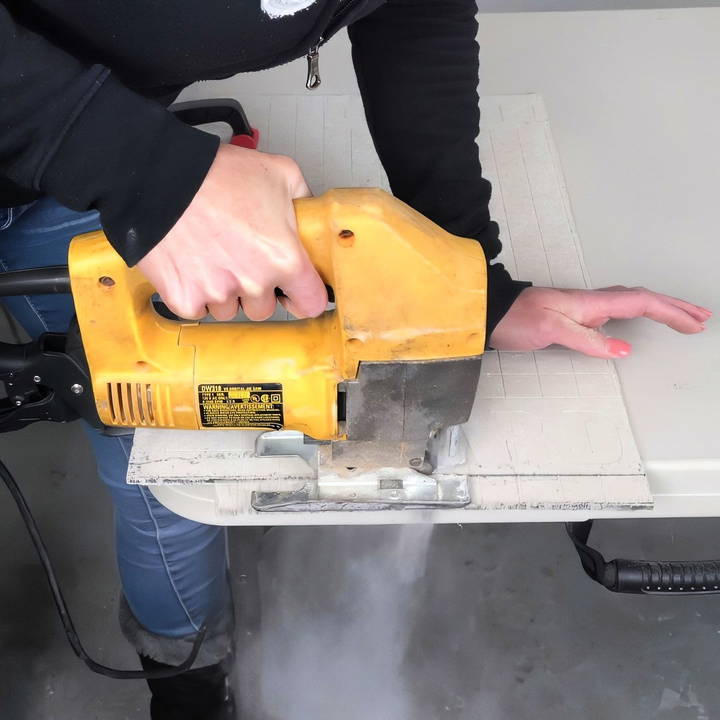
Why Proper Cement Board Cutting Matters
Cement board, sometimes called backer board or Hardiebacker, is primarily used as a base for tile installation in areas like bathrooms and kitchens where water resistance is critical. Its strength makes it an ideal substrate, but cutting it without the right method can lead to rough edges, broken pieces, and excessive dust, which may contain silica – a known respiratory hazard. This guide covers safe, efficient methods that minimize dust and ensure a smooth, professional result.
Tools You'll Need
Each method has different tool requirements. Here's a quick overview of what you may need:
- Utility Knife or Razor Blade
- Scoring Knife
- Angle Grinder with Masonry Wheel
- Circular Saw
- Jigsaw with a Coarse Blade
- Snapper Shear Pro (also known as cement board shears)
Each tool has specific benefits and drawbacks, as we'll explore below.
Step by Step Instructions
Learn how to cut cement boards effectively with step-by-step instructions for various tools. Ensure safety and choose the right method for a perfect cut.
1. Cutting with a Utility Knife or Razor Blade
- Best For: Small projects or single cuts where you don't want to invest in additional tools.
Using a utility knife or razor blade is the most affordable method but also the most labor-intensive. Here's how to do it:
Step-by-Step Instructions:
- Mark Your Cut Line: Use a pencil and a straight edge to draw your cut line.
- Align and Score: Place the straight edge along your line, press down firmly, and score along the line with your razor blade. You'll need to press hard to get a good score.
- Repeat Scoring: Go over the line several times to deepen the score. This ensures a cleaner break.
- Snap the Board: Once scored, place one side of the board over the edge of a solid surface, and press down on the other side. The board should snap along the line.
- Pros: Low cost, no dust.
- Cons: Requires multiple passes to score deeply, challenging for larger projects.
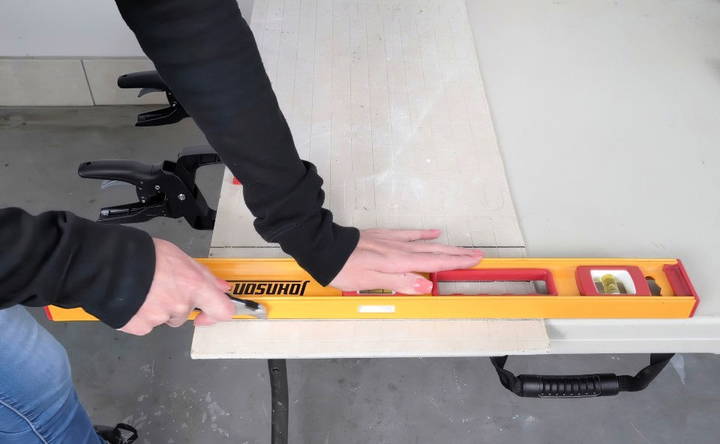
2. Using a Scoring Knife
- Best For: Medium-sized projects requiring more cuts but still with minimal dust and cost.
A scoring knife, specifically designed for cement board, makes it easier to score deep lines than a standard utility knife.
Step-by-Step Instructions:
- Mark and Align: Similar to the utility knife, draw your line and align your straight edge.
- Score with the Scoring Knife: Run the scoring knife along the line a few times. You'll find this knife requires less force to achieve a good score compared to a razor blade.
- Snap Along the Line: Just as with the utility knife method, snap the board along the scored line.
- Pros: Easier than a utility knife, produces minimal dust, low cost.
- Cons: Can still be time-consuming if you have many cuts to make.
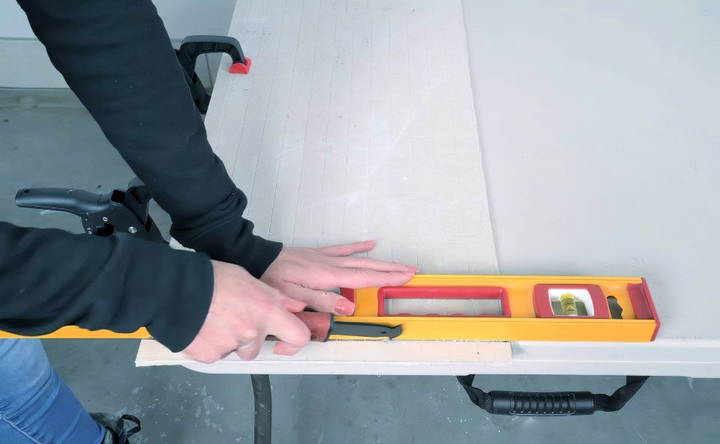
3. Cutting with an Angle Grinder
- Best For: Fast, precise cuts but in an outdoor environment due to dust production.
An angle grinder equipped with a masonry wheel cuts through cement board very quickly, but it produces significant dust. Due to the presence of silica in cement board dust, take precautions to work in a well-ventilated area, ideally outside.
Step-by-Step Instructions:
- Safety First: Wear protective goggles and a dust mask to protect from silica dust.
- Mark Your Cut: Draw your line as usual.
- Cut Along the Line: Power up the angle grinder and slowly guide it along the cut line.
- Take Frequent Breaks: Since this method produces a lot of dust, take breaks to clear the area.
- Pros: Fast, accurate, suitable for detailed cuts.
- Cons: Heavy dust production, not ideal for indoor use.
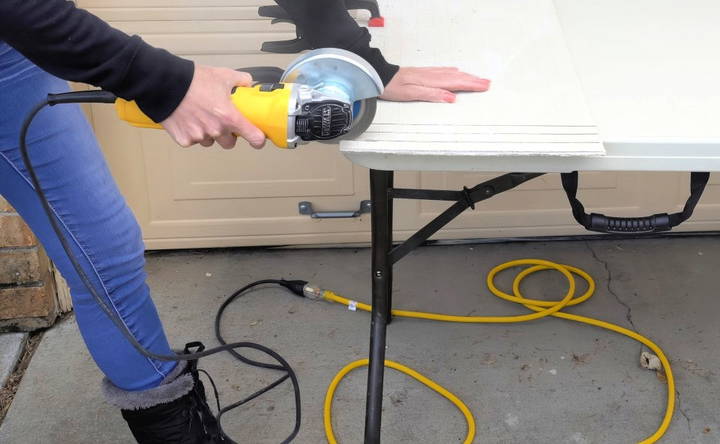
4. Using a Circular Saw
- Best For: Fast, straight cuts on large pieces, but only outdoors due to dust.
A circular saw provides a fast way to make long, straight cuts in cement board. Much like the angle grinder, it produces a lot of dust, so safety precautions are crucial.
Step-by-Step Instructions:
- Mark and Prepare: Draw your cut line and ensure your board is stable.
- Protect Yourself: Wear eye protection and a mask.
- Make the Cut: Guide the circular saw along your line in a smooth, steady motion.
- Pros: Efficient for straight cuts, good for larger boards.
- Cons: Heavy dust, limited to straight cuts only.
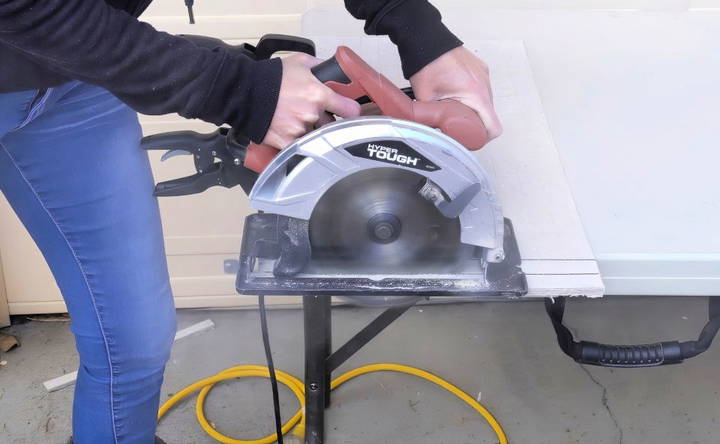
5. Cutting with a Jigsaw
- Best For: Curved or intricate cuts, such as around pipes or fixtures.
A jigsaw with a coarse blade allows for more detailed cuts, though it still produces some dust. While it's slower than an angle grinder or circular saw, the jigsaw is ideal for situations where a custom shape is needed.
Step-by-Step Instructions:
- Draw Your Cut Outline: Trace the exact shape you need to cut.
- Equip the Jigsaw: Attach a coarse blade designed for cutting cement board.
- Follow the Line: Start the jigsaw and carefully guide it along the outline.
- Pros: Allows for custom shapes, less dust than angle grinders or circular saws.
- Cons: Slower than other power tools.
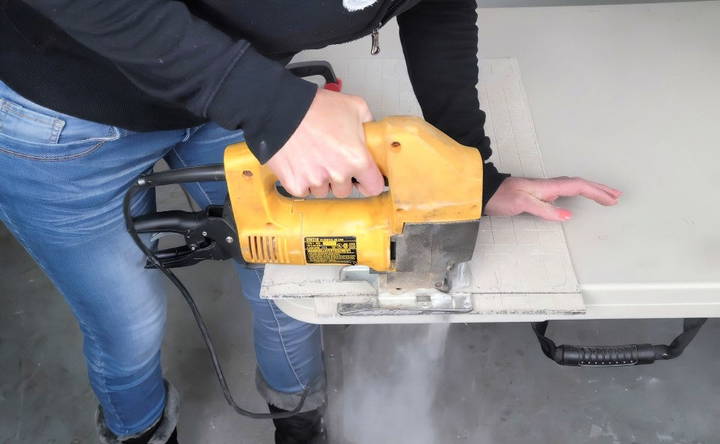
6. Snapper Shear Pro: The Preferred Method
- Best For: Professionals or large projects with multiple cuts and pattern requirements.
The Snapper Shear Pro is designed specifically for cutting cement board with minimal dust. It attaches to any drill and can be used for straight cuts, curves, and intricate patterns.
Step-by-Step Instructions:
- Attach Snapper Shear to Drill: Follow the manufacturer's instructions to attach the Snapper Shear to your drill.
- Mark Your Cut: Draw the outline of the area you wish to cut.
- Cut Along the Line: Start the drill and use the shear to cut along your outline. The Snapper Shear is particularly effective for cutting corners and other shapes without creating much dust.
- Pros: Minimal dust, fast and clean cuts, versatile for straight and custom shapes.
- Cons: Higher initial cost, but a worthwhile investment if you have frequent or large projects.
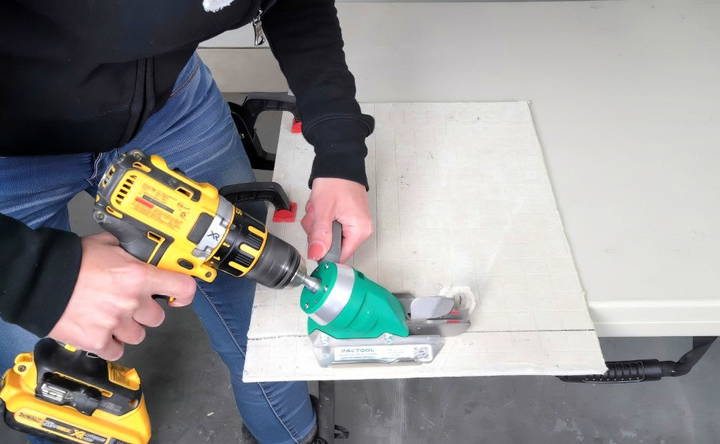
Safety Precautions for Cutting Cement Board
Cutting cement board, especially with power tools, produces dust that contains silica. To protect your health, consider these precautions:
- Wear a Mask: Always wear a high-quality dust mask rated for silica dust.
- Use Eye Protection: Goggles prevent dust and small fragments from reaching your eyes.
- Work in a Ventilated Area: Power tools should only be used outdoors or in a well-ventilated area to prevent dust buildup.
- Clean Up Dust Properly: Sweep or vacuum the area after working to avoid leaving harmful dust behind.
Choosing the Right Method
Choosing the best cutting method depends on your specific project:
- For Small, Simple Projects: Use a scoring knife or utility knife.
- For Medium Projects Needing Detailed Cuts: Consider a jigsaw for curved lines.
- For Large Projects or Frequent Cuts: Invest in the Snapper Shear Pro for dust control and efficiency.
Tips for a Successful Cut
- Practice on a Scrap Piece: Before you start, practice your chosen method on a scrap piece of cement board to get comfortable.
- Plan Your Cuts: If cutting multiple pieces, plan each cut for efficiency to reduce waste and dust.
- Cut Slowly and Steadily: With power tools, speed can create rough edges. Go slow to achieve a cleaner result.
Conclusion:
Cutting cement boards may seem challenging, but with the right tools and techniques, it can be a manageable task. Whether you're doing a small bathroom tiling project or a large-scale installation, there's a cutting method that fits your needs. Prioritize safety, choose the right tool, and take it step-by-step for the best results. With these techniques, you're well-equipped to cut cement boards like a pro.
FAQs About Cutting Cement Board
Explore essential FAQs about cutting cement boards. Get expert tips, safety guidelines, and tools needed for efficient and precise cuts.
The Snapper Shear is compatible with many types of cement board, like HardieBacker and WonderBoard, particularly at 1/4 inch thickness. However, users report that it may struggle with thicker boards (e.g., 1/2 inch), as it might not produce straight cuts due to jaw size limitations.
Yes, but it's best to use a diamond or carbide-tipped masonry blade, as cement board quickly dulls regular saw blades. A specialized blade also helps reduce dust and provides a smoother cut.
This can happen if the tool isn’t firmly pressed against the board. Ensure consistent pressure and make sure the tool is securely anchored to avoid bouncing, which can lead to rough cuts or chipped edges.
It's preferable to cut outside, but if indoors is necessary, use a tool with a built-in vacuum attachment and wear a quality mask. Additionally, consider using an industrial air filter to reduce dust exposure.
No, using a table saw for cement board is dangerous due to the high risk of kickback, which can cause serious injury. Stick to tools designed for cement board, like a circular saw with a proper blade or Snapper Shear.
A jigsaw with a coarse blade or Snapper Shear is ideal for intricate cuts, like circular or angled shapes. These tools allow for more control and precision when creating custom shapes.
Yes, power tools like grinders and circular saws produce loud noise. Ear protection, along with goggles and a dust mask, is recommended for safety while cutting cement board.
Mark your cut lines carefully, and snap with firm, even pressure. For more accurate results, score deeply to create a clean break along the desired line.



